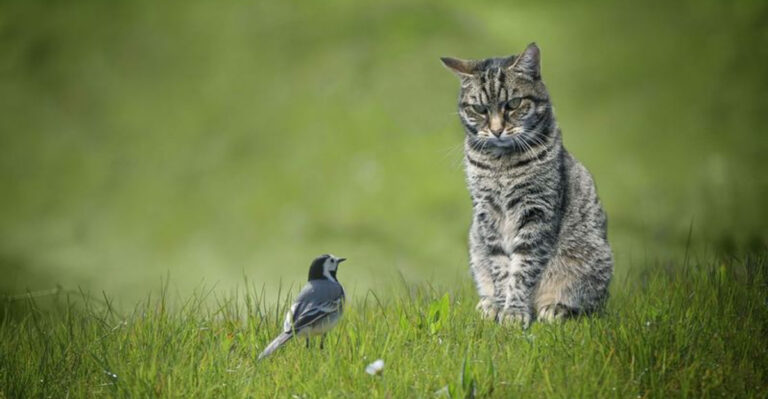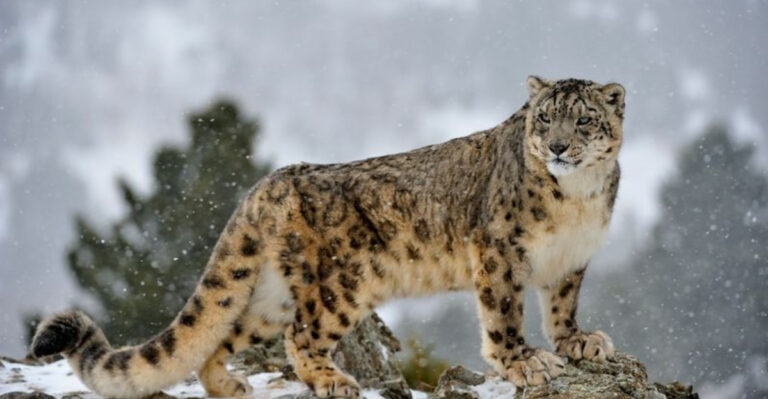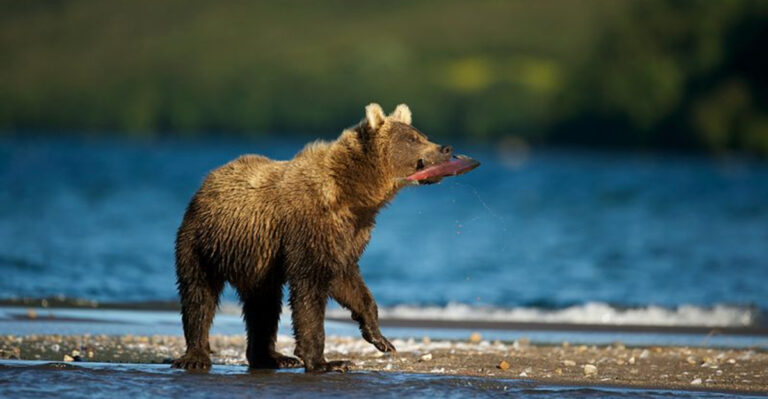16 Facts About The World’s Ugliest Yet Most Interesting Fish
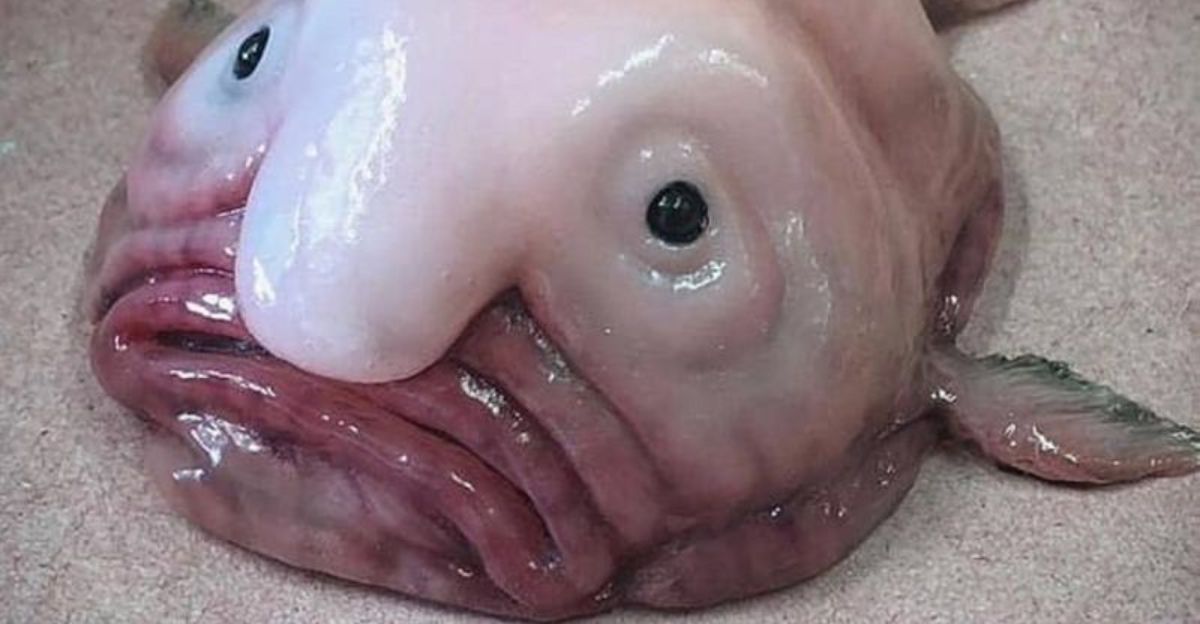
Imagine a creature that looks like a grumpy grandpa, but lives in the darkest parts of the ocean. That’s the blobfish for you!
Often dubbed the world’s ugliest fish, the blobfish is full of surprises that go beyond its quirky appearance.
1. Jelly-Like Texture

The blobfish’s texture is like something straight out of a science fiction novel. Imagine touching a bowl of jelly, and you’re pretty close to what this fish feels like.
This gelatinous body helps it survive under the immense pressures of the deep sea. Unlike other fish, it doesn’t have much muscle, relying on its buoyant body to float above the ocean floor.
Its squishy appearance might not win beauty contests, but it’s perfect for its environment. Ever thought jelly could help you survive?
2. Deep-Sea Dweller
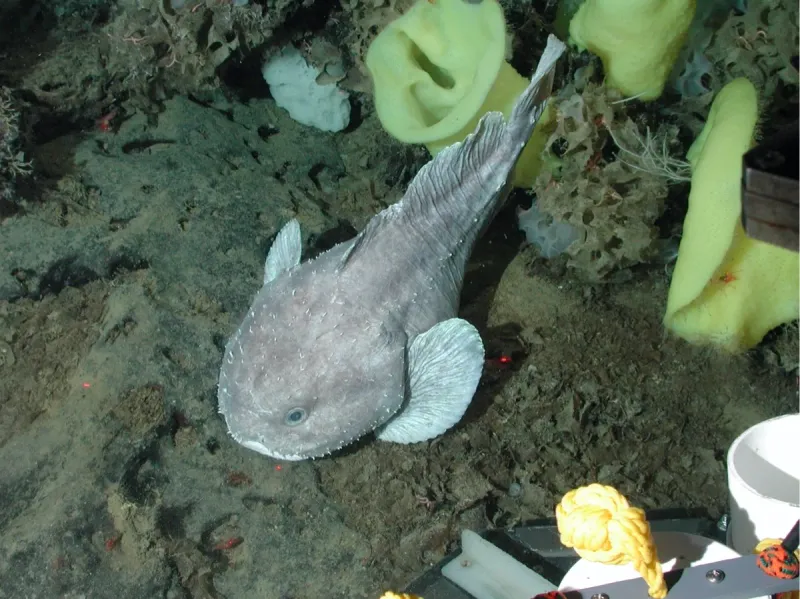
This fish lives where the sun doesn’t shine, literally.
Residing around 2,000 to 4,000 feet below the ocean’s surface, the blobfish calls the deep sea home. Down there, water pressure is high enough to crush submarines.
Yet, the blobfish thrives with ease. It doesn’t need a swim bladder like most fish; its gelatinous body provides the lift it needs.
3. No Bones About It
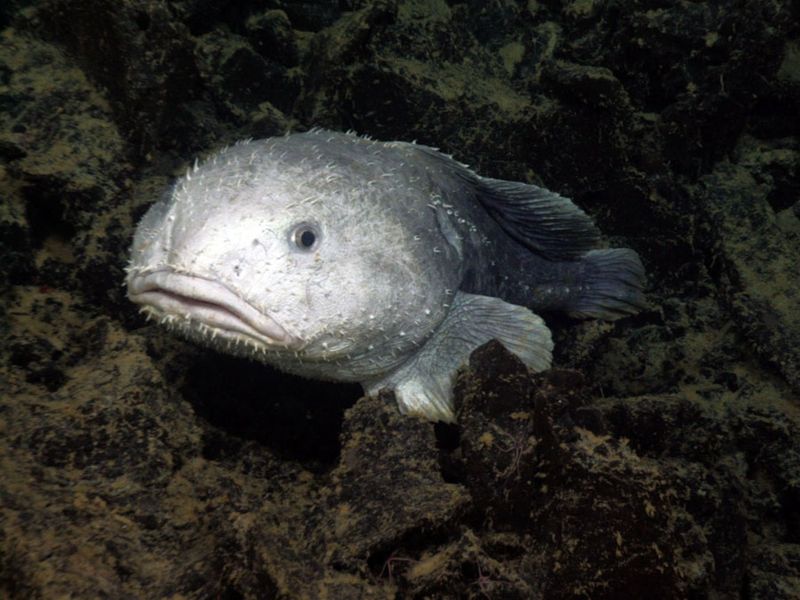
Skeletons are overrated, at least in the blobfish’s opinion.
Instead of bones, this quirky creature’s body structure is primarily a soft muscle mass. This adaptation allows it to withstand the immense pressures of the deep sea.
Without bones, it won’t ever have to worry about a broken leg! It’s an excellent reminder that sometimes, being different is the best way to thrive in challenging environments.
4. The Ultimate Couch Potato
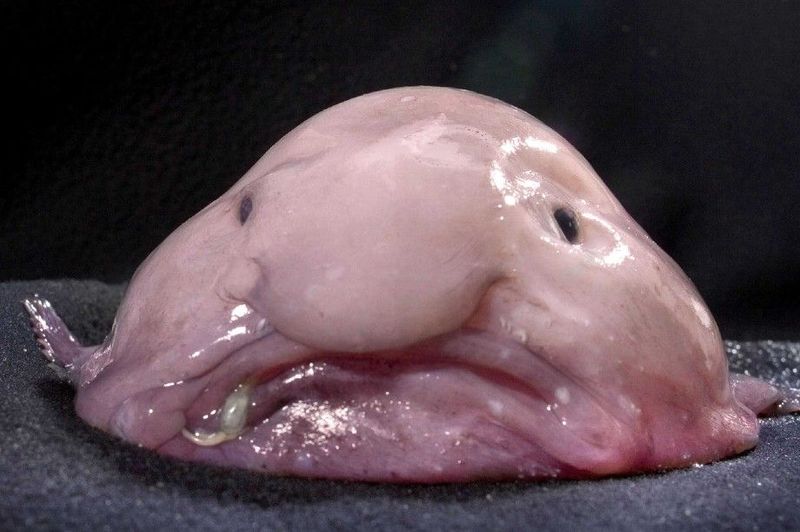
Blobfish take laziness to a whole new level. Floating gently above the ocean floor without much movement, it doesn’t go chasing after food like most fish.
Instead, it waits for food to come to it. Talk about having food delivery perfected long before we did!
With minimal energy expenditure, it’s the ultimate couch potato of the sea world. Now, who wouldn’t want to relax while waiting for snacks to arrive?
5. Master Of Disguise
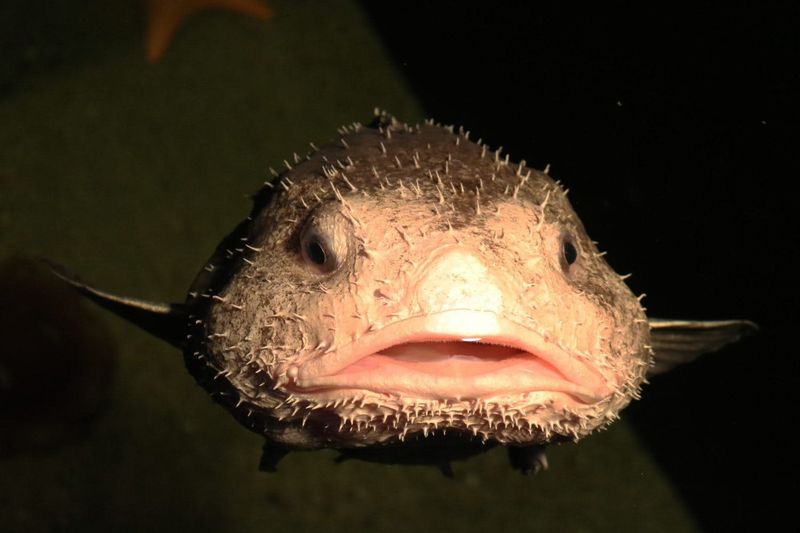
Ever tried playing hide and seek in the ocean?
The blobfish would be a champion. Its pale, fleshy appearance helps it blend seamlessly with the ocean floor, making it a master of disguise.
It’s like the ocean’s version of a chameleon, minus the color change. This natural camouflage protects it from predators and surprises unsuspecting prey.
6. Facial Expressions
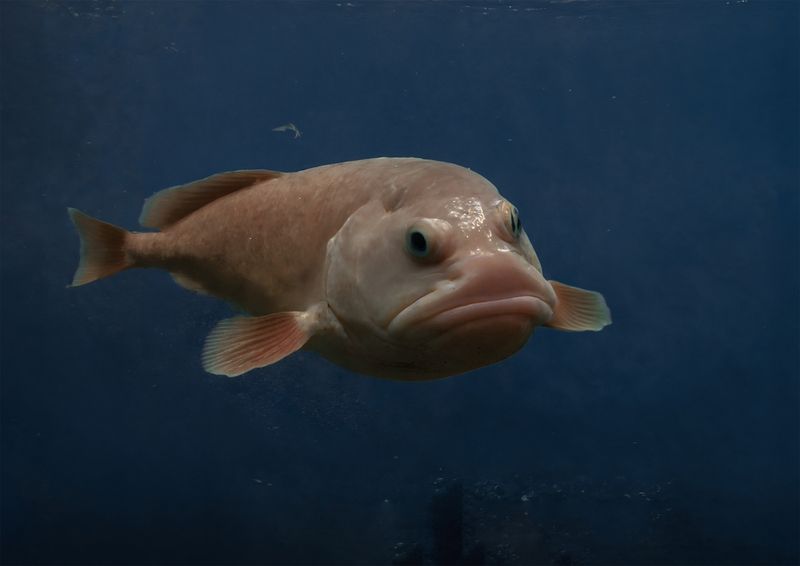
With a face only a mother could love, the blobfish sports a perpetually grumpy expression. This unique look has made it a meme legend on the internet.
While it looks like it’s having a bad day, it’s just how it appears due to its lack of muscles. Its downturned mouth and droopy nose create a look of eternal dissatisfaction.
Cheer up, blobfish! Your face has brought joy to millions online.
7. Super Survivor
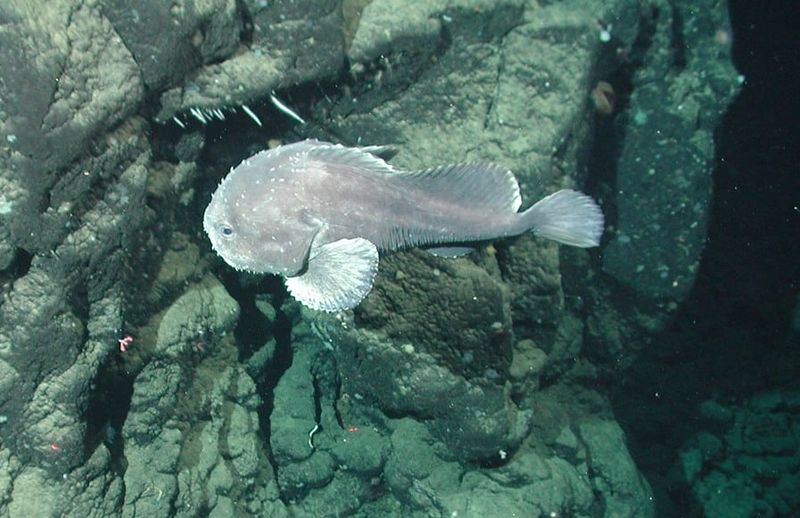
You’d think that living where the pressure is over 100 times what we experience on land would be tough. But the blobfish is a super survivor.
Adapting marvelously to its environment without a swim bladder, it defies the odds. Its gelatinous form not only helps it float but also withstands extreme temperatures and pressures.
The blobfish shows us that sometimes, the weirdest solutions are the best. Isn’t nature amazing?
8. Low-Calorie Diet
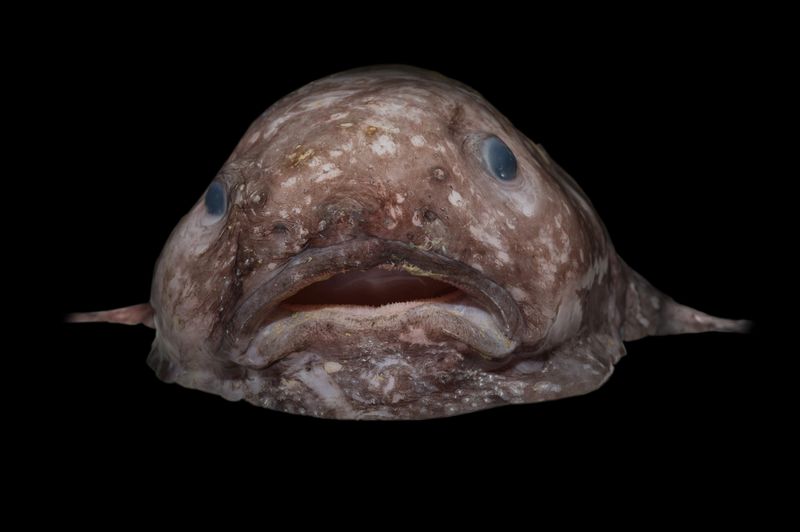
Forget gourmet meals; the blobfish prefers simplicity. Its diet consists mainly of whatever floats by, like small crabs and sea pens.
This low-calorie diet suits its sedentary lifestyle perfectly. It’s like living off of a salad bar without ever moving. Perhaps it’s onto something with this effortless diet plan.
Could it be the ultimate minimalist eater in the ocean’s culinary world?
9. Blobfish Celebrity Status
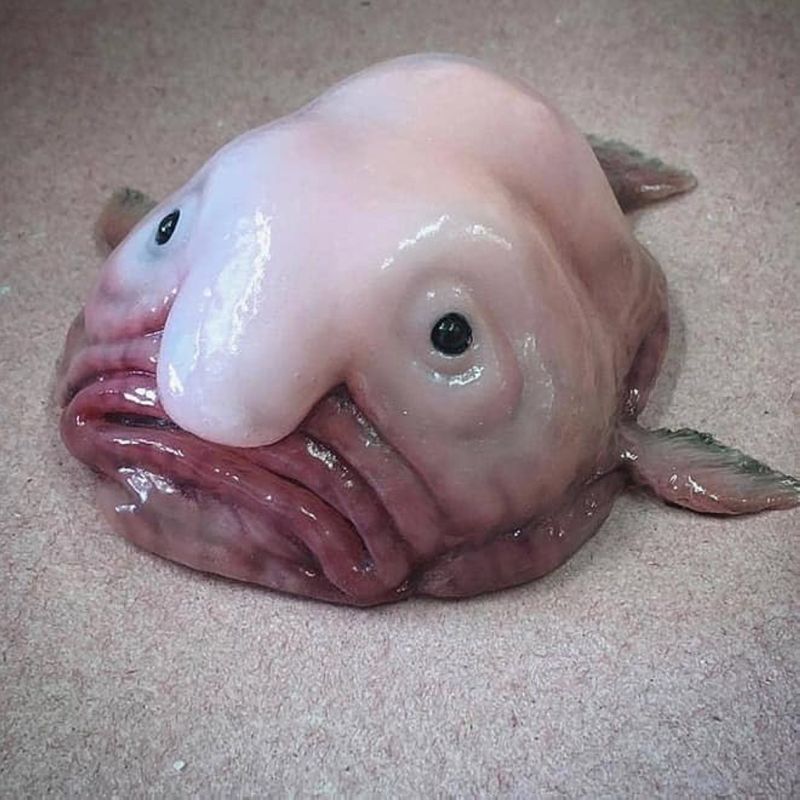
Thanks to its unique looks, the blobfish has become an internet sensation. It’s the star of memes, cartoons, and even plush toys.
Its celebrity status rivals that of any Hollywood starfish. With fans around the world, it’s a reminder that you don’t need conventional beauty to win hearts. Who knew being ‘ugly’ could be the ticket to fame?
10. Rarely Seen Alive
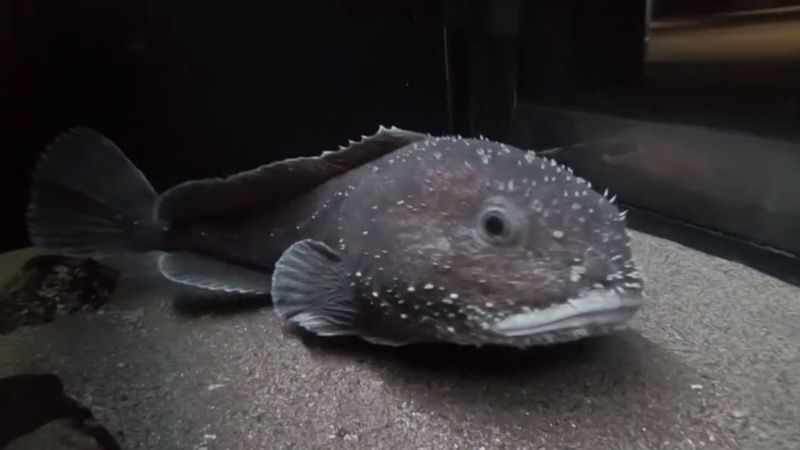
Despite its popularity, seeing a live blobfish is a rare treat. Most images we see are of blobfish brought up from the deep sea, where they lose their shape.
In their natural habitat, they appear more fish-like. This elusive nature adds to their mystique and allure.
11. Misunderstood Looks
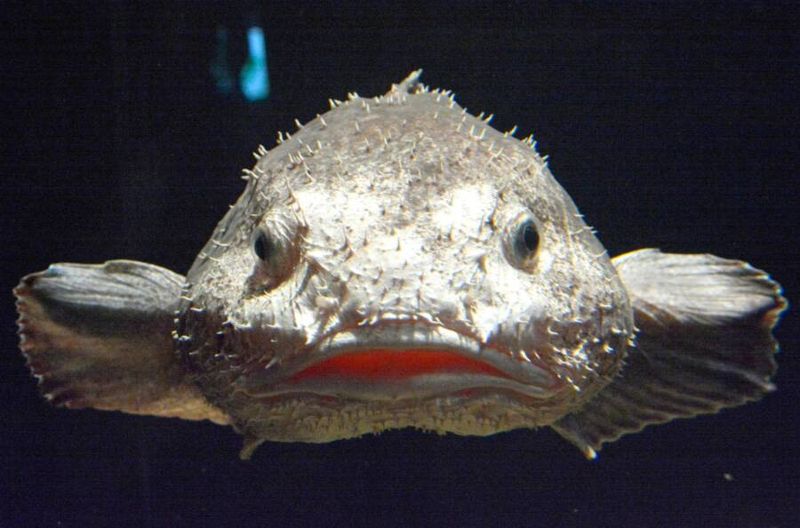
The blobfish often gets a bad rap for its looks. But it’s all about perception. In the deep sea, it fits right in, looking more like a typical fish.
Only when brought to the surface does it morph into the ‘grumpy’ creature we know. It’s a lesson in not judging a book by its cover – or a fish by its surface appearance!
12. Slow And Steady Wins
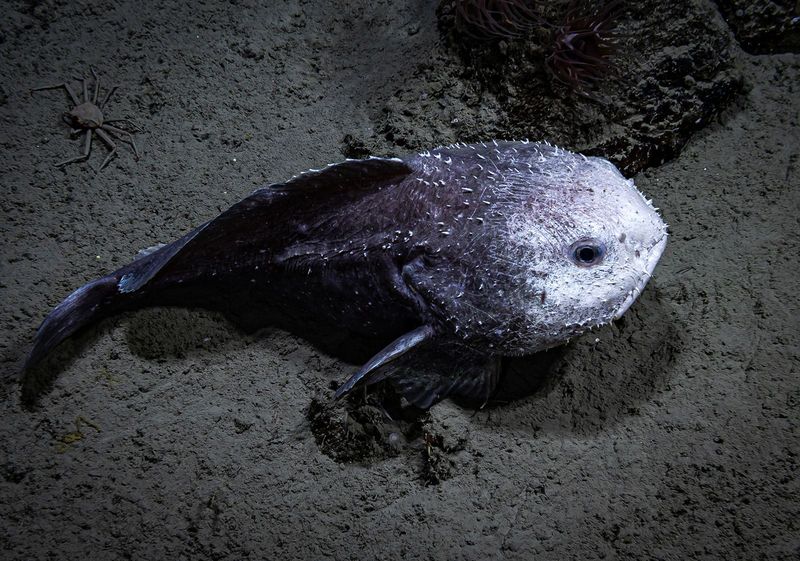
In a world where speed often equates with survival, the blobfish proves otherwise. It moves slowly and methodically, conserving energy effortlessly.
Its unhurried pace is a testament to its adaptability and survival skills. Why rush when you can take life easy?
13. Blobfish As Art
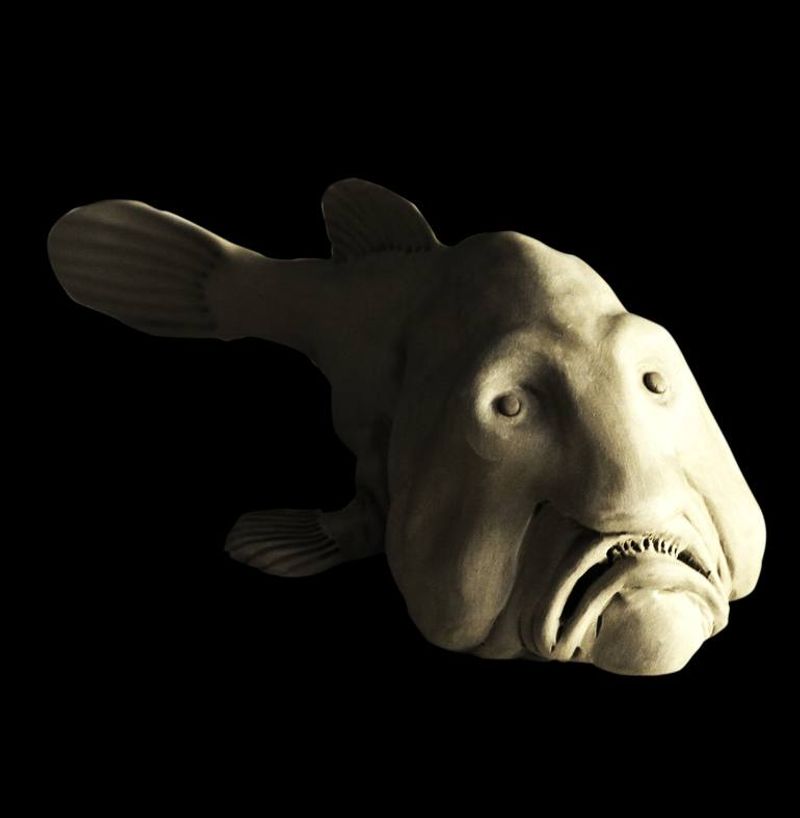
Art imitates life, and for the blobfish, it’s no different. Artists around the world have taken inspiration from its unique form, crafting everything from paintings to sculptures.
Its expressive face and unusual body have made it a favorite subject in the world of art. Who knew that this deep-sea dweller would make such a splash in art galleries?
Sometimes, the oddest muses create the most captivating works.
14. Blobfish Conservation
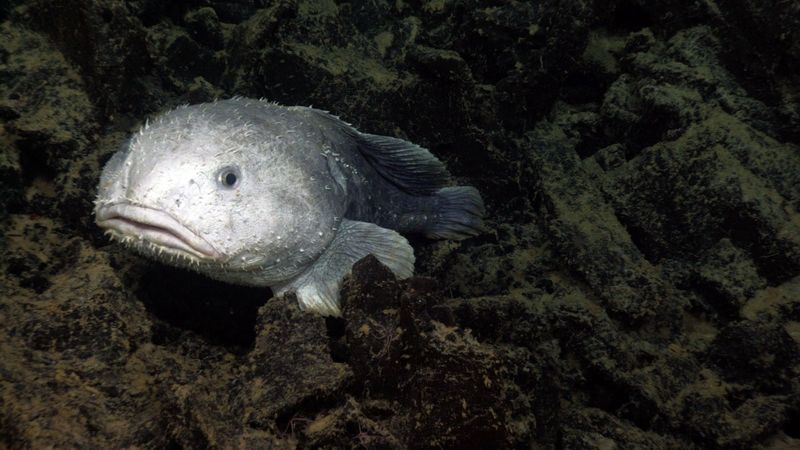
Though not endangered, the blobfish serves as a mascot for ocean conservation. Its plight raises awareness about deep-sea ecosystems and the impact of human activities.
Advocates use its image to promote marine preservation efforts. It’s a reminder that even the most unusual creatures play a part in the ocean’s delicate balance.
15. Blobfish Family Life
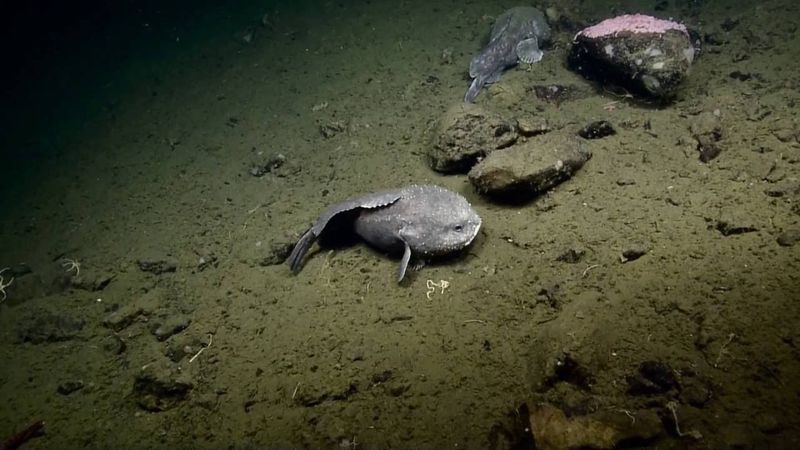
Family life for blobfish is all about protection. Female blobfish lay thousands of eggs, which they vigilantly guard. Parenting in the deep sea isn’t easy, but these creatures ensure their offspring have the best start.
It’s a touching reminder of the nurturing bonds that exist even in the darkest parts of the ocean.
16. Blobfish Myth Busting
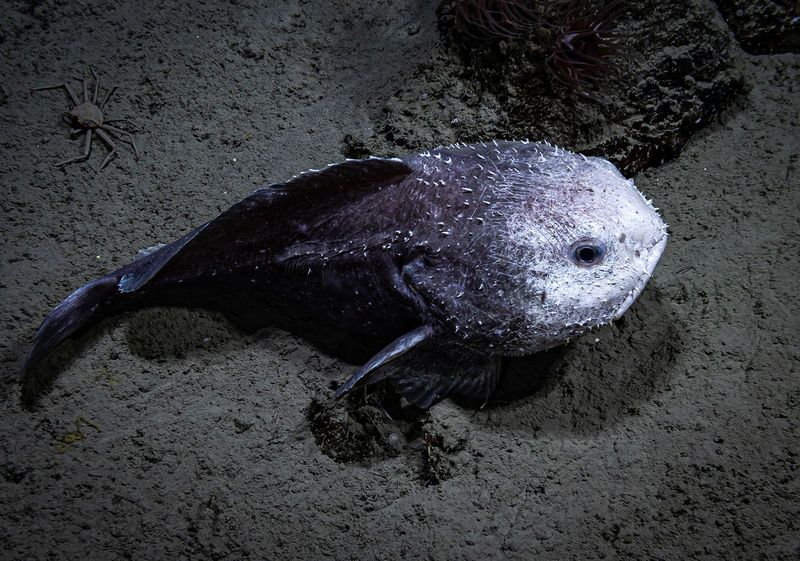
The blobfish often falls victim to myths and misconceptions. Many believe it’s always as ‘ugly’ as seen in surface photos, but that’s far from the truth.
Myth-busting reveals it as a perfectly adapted creature in its natural habitat. It’s a lesson in how perceptions can be skewed by context.



